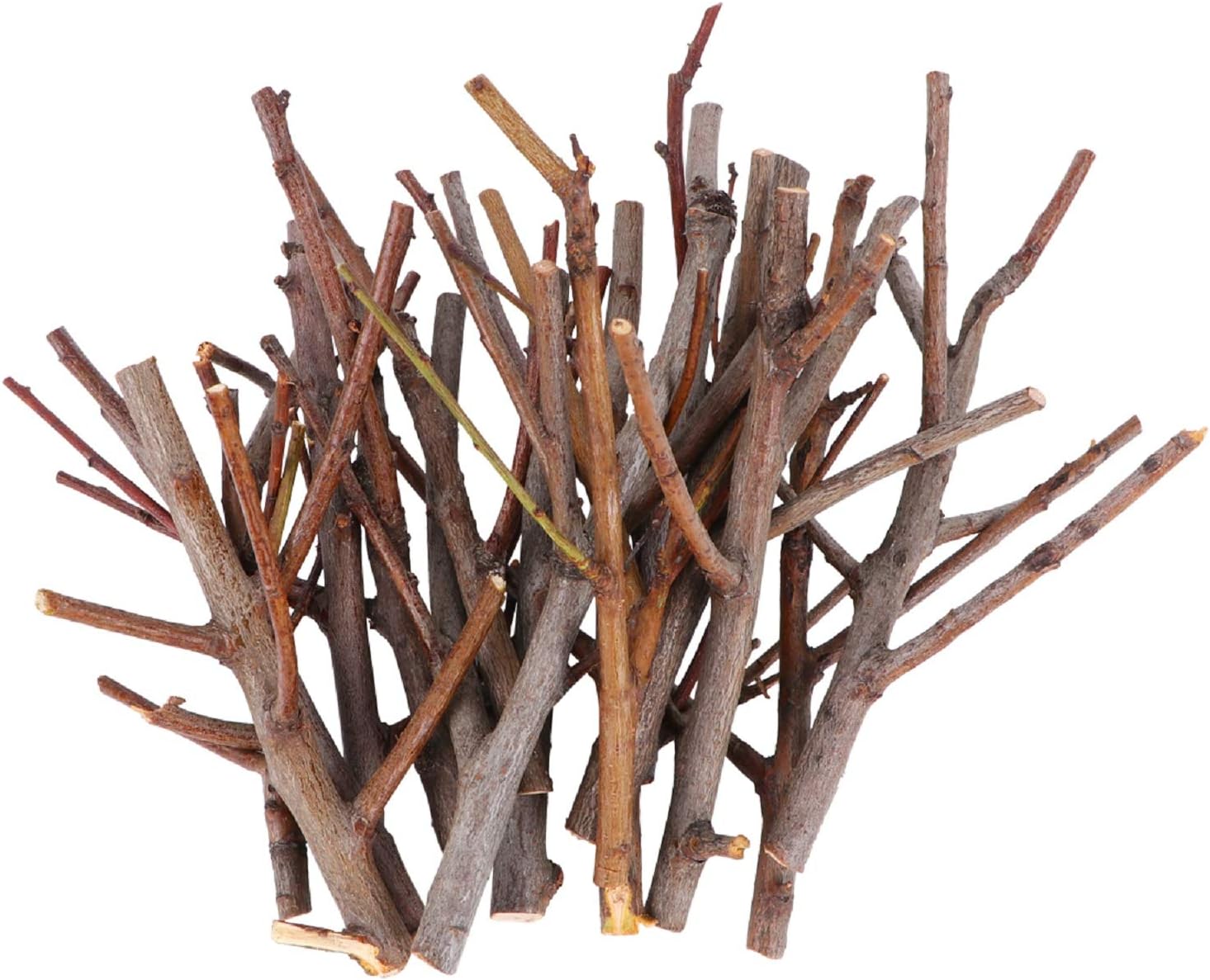When it comes to home decor, few elements can elevate a space quite like natural decorative branches. With their organic shapes and textures, these versatile pieces can add warmth, character, and a unique touch that other decorations simply can’t match. Drawing from my own experiences and insights, I aim to share with you everything you need to know about incorporating natural decorative branches into your home.
What Are Natural Decorative Branches?
Natural decorative branches are branches sourced from trees and shrubs that are used as decorative elements in home and garden design. These branches come in various sizes, shapes, and colors, making them suitable for a variety of aesthetic preferences and settings.
Types of Natural Decorative Branches
- Curly Willow: Known for its twisted and elegant shape, curly willow adds a whimsical touch to any arrangement.
- Birch: Recognized for its beautiful, white bark, birch branches contribute a rustic charm.
- Dogwood: With its vibrant colors, especially in the spring, dogwood branches bring liveliness and energy.
- Mossy branches: These branches are covered in natural moss, offering a rich texture that enhances the overall decor.
Choosing the Right Branches for Your Decor
When selecting branches, consider their size, color, and shape. Here’s a quick comparison table to help you choose the right decorative branches:
| Branch Type | Color | Best Uses | Pro | Con |
|---|---|---|---|---|
| Curly Willow | Brown/Yellow | Table Centerpieces | Unique Shape | Fragile |
| Birch | White | Rustic Decor | Aesthetic Appeal | Can Be Pricy |
| Dogwood | Red/Yellow | Spring Arrangements | Vibrant Colors | Seasonal Availability |
| Mossy Branches | Green/Brown | Earthy Decor | Textured Look | Can Attract Pests |

Benefits of Using Natural Decorative Branches
Incorporating natural decorative branches into your decor isn’t just about aesthetics; it also comes with a myriad of benefits:
- Eco-Friendly: Natural branches are a sustainable decor option, minimizing environmental impact.
- Versatile: They can be used in various settings, from minimalist to bohemian styles.
- Cost-Effective: Many branches can be sourced for free or at a low cost, providing a budget-friendly option for decor.
- Unique Accent: Each branch is one-of-a-kind, bringing individuality to your space.

How to Incorporate Natural Decorative Branches in Your Home
1. Create Stunning Centerpieces
One of the simplest yet most effective ways to use natural decorative branches is by creating centerpieces. Here’s how:

- Select a branch that fits the scale of your table.
- Place it in a decorative vase or jar filled with pebbles or sand for added stability.
- Add seasonal elements such as flowers or seasonal foliage around the base to enhance the look.
2. Use in Wall Decor
Natural branches can also be used as wall decor. Try these ideas:

- Hang branches horizontally on the wall as a unique shelf for small plants or trinkets.
- Use a single, long branch as a simple coat rack.
3. Incorporate Into Flower Arrangements
Adding branches to your floral arrangements can add height and structure, making your designs more dynamic:

- Choose branches with interesting textures or shapes.
- Mix them with fresh flowers and greenery for a natural look.
4. Add to Your Outdoor Spaces
Don’t limit branches to indoor decor. They can beautifully enhance outdoor areas as well:

- Use larger branches to create natural trellises for climbing plants.
- Arrange branches in garden beds for visual interest.
Care and Maintenance of Natural Decorative Branches
Keeping Your Decorative Branches Fresh
While natural branches don’t require the same level of care as flowers, they can benefit from some maintenance:
- Dust them occasionally with a soft cloth to keep them looking their best.
- Check for signs of pests, especially if using branches with moss or bark.
Long-term Storage Tips
If you’re not using your branches regularly, consider these storage tips:
- Store them in a dry, cool place to prevent mold or deterioration.
- Wrap them in cloth to protect them from dust and damage.
Personal Experiences with Natural Decorative Branches
In my own decorating journey, I’ve found that natural decorative branches bring a sense of peace and tranquility to my home. For instance, I once added a curly willow branch to my living room, and it became an instant conversation starter for guests. I paired it with white flowers during spring and dried branches during fall, creating a beautiful transition throughout the year.
Moreover, I remember visiting a friend’s home who used birch branches as curtain rods. The rustic charm it added to her living space left quite an impression on me. It inspired me to think outside of conventional decor and consider unconventional uses for natural elements.
FAQs About Natural Decorative Branches
What types of branches are best for indoor decor?
Curly willow, birch, and dogwood branches work wonderfully for indoor decor due to their unique shapes and textures.
Can I use branches from my backyard?
Absolutely! Just ensure they’re free from pests and diseases before bringing them indoors.
How do I prevent my decorative branches from becoming dusty?
Regular dusting and using a gentle spray of water can help keep them clean without damaging them.
Are natural decorative branches safe for pets?
Most branches are safe, but it’s essential to research specific types as some may be toxic. Always supervise pets around natural decor.
Conclusion
Natural decorative branches are an excellent way to bring the beauty of nature indoors. With their versatility and unique charm, they can enhance any space, whether used as a centerpiece, wall art, or element of a floral arrangement. As you consider adding these elements to your decor, remember the benefits they offer and the personal touches you can create. Dive into the world of natural decorative branches, and let your creativity flourish!